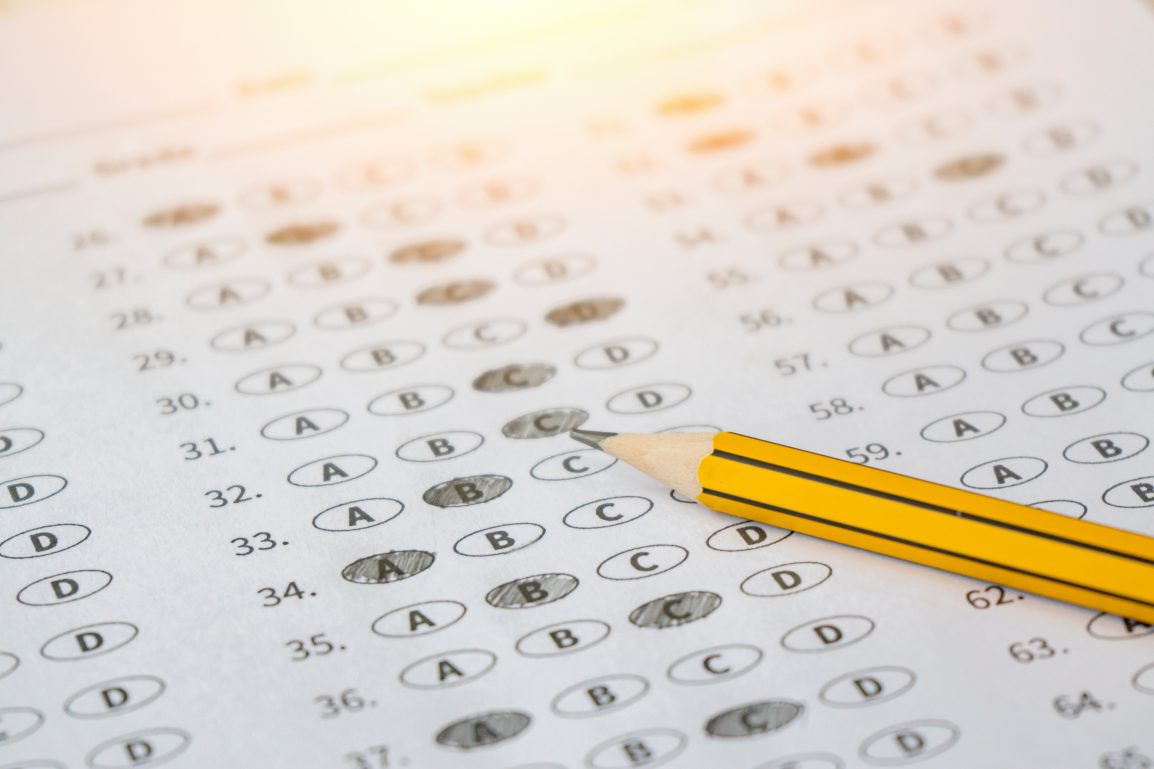For nearly a century, the SAT has been the test that determines who can attend what college. During the COVID-19 pandemic, however, many universities became either test-optional or excluded the test from admissions altogether. Despite this, for many universities, the SAT is crucial, if not required, in the admissions process. Determining whether to take the test or not remains a crucial decision for many students. After that, it is a matter of knowing how to study for it and what to expect on test day.
To SAT, or Not To SAT
Deciding whether to take the test or not may seem like a complicated decision, but it doesn’t have to be. In general, private universities are more likely than public universities to require standardized test scores, and highly ranked or international universities almost always need the test. These are general guidelines, and ultimately, your choice should be based on individual circumstances and your college plans. It is best to check the universities you are considering on a case-by-case basis, as they can differ greatly in terms of policies and acceptance rates. Remember, if a school is test-optional, only submit your highest scores, as lower scores will weaken your overall application.
Since preparing for the SAT requires months of studying and can stress even the most veteran scholars, you should only take the exam if it is necessary or if it could fill any gaps you may have in your application to get into one of your dream schools.
It is important to note that the SAT costs $68 each time. The College Board makes it easy to apply for a fee waiver to cover the cost of two tests.
Study Recommendations
You should begin preparing two to three months before your exam date. Before anything else, you must create a College Board account, download the Bluebook app, and take a full-length practice test. This test will be scored like the official SAT and is a great way to pinpoint which areas need improvement. Do not stress over your practice test results; this is just a base for your studies.
Review all incorrect answers and identify areas of strength and weakness, whether it is reading and writing, math, or pacing the test. After that, log on to Khan Academy, which partners with the SAT, and go to the SAT section and practice according to your weak spots. Additional resources, like YouTube, can also be very beneficial, as there are a plethora of videos addressing every type of question the SAT poses. Remember: there are only six official practice tests on Bluebook. To avoid wasting these tests, only take them after seriously studying.
Although everyone’s study path is unique, I have linked a few videos below that give excellent foundational advice:
All of SAT Math Explained in 26 Minutes
The only SAT Math DESMOS Guide you’ll ever need
All of SAT Reading Explained in 21 Minutes
How to Score a 750+ on the SAT Reading without Reading the Whole Passage!
The SAT season runs from August to June and is offered seven times each year. This means there are plenty of times to try again if your first score is not what you wanted. Colleges typically consider only the highest score submitted and understand that it is completely normal to take the SAT more than once.
Test Day Expectations
The SAT registration is offered on the College Board website, and you must register at least a month in advance, as testing spots often fill up quickly. Testing centers typically open at 7:45 a.m., and the exam begins around 8:00 a.m. The SAT lasts two hours and forty-one minutes and is divided into a reading and writing section, a math section, and a ten-minute break in between. The reading and writing portion allows seventy-one seconds per question, while the math portion allows ninety-five seconds per question.
On test day, I recommend arriving a few minutes early with a valid ID, admissions ticket, pencil, and a water bottle. Additionally, during the ten-minute break, bring a light snack and keep your body moving to keep yourself energized for the math section, as the reading may cause fatigue. If the timing of the test does not work for you, it is worth noting that the SAT does offer accommodations that are easy to request.
While the SAT may appear intimidating, the most important piece of advice for the test is to understand what the question is truly asking. Remember: if you understand the question, you already know half of the answer.
All things considered, the SAT does not have to be a scary test that will determine your future. If the SAT is not something that is for you that is fine. If the SAT is something that will get you to where you need to be, that is also fine. Remember to study smarter, not harder, keep your head in the game, and take a few deep breaths. This test is only one piece of the bigger picture that is your future.

